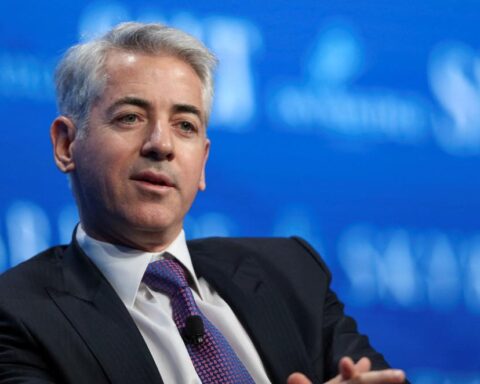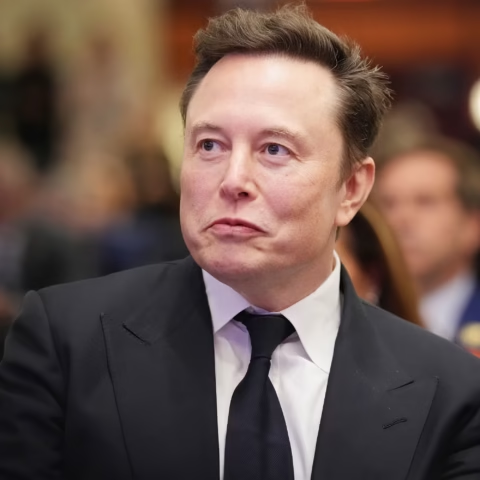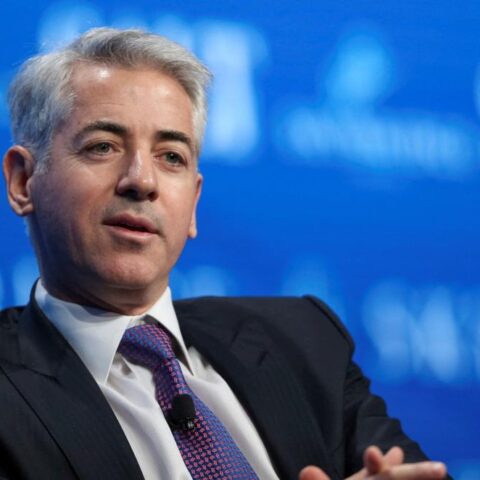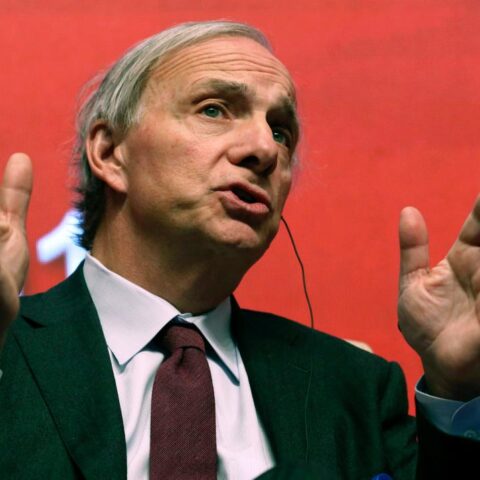Tesla, the global head in electric vehicles (EVs), has implemented price cuts in several key markets, including China and Germany. These reductions follow a trend of price adjustments in the United States and coincide with declining sales and heightened competition in the EV market.
Background and Strategy:
Tesla, led by CEO Elon Musk, recently reported its first quarterly decline in global vehicle deliveries in nearly four years. Musk emphasized the necessity of frequent price changes to align production with demand.
The company initiated an EV price war over a year ago by aggressively lowering prices and prioritizing market share over profit margins. This strategy aimed to maintain Tesla’s competitive edge amidst growing competition, particularly from Chinese EV manufacturers.
Price Cuts in Key Markets:
In response to market dynamics, Tesla slashed the starting price of the Model 3 in China by 14,000 yuan ($1,930) and reduced the price of the Model 3 rear-wheel-drive in Germany. Similar price adjustments were observed across Europe, the Middle East, and Africa.
In the United States, Tesla lowered the prices for the Model Y, Model X, and Model S vehicles by $2,000 and the price of its Full Self-Driving software from $12,000 to $8,000.
Market Challenges and Strategic Shifts:
Tesla’s reluctance to update its aging models amid consumer caution and rising interest rates has declined its sales. Meanwhile, competitors in China are introducing more affordable EV models, intensifying market competition.
The company’s planned entry into the Indian market, initially scheduled to be announced during Musk’s visit to India, was postponed due to Tesla commitments. This delay comes amidst Tesla’s restructuring efforts, including laying off over 10% of its workforce.




















